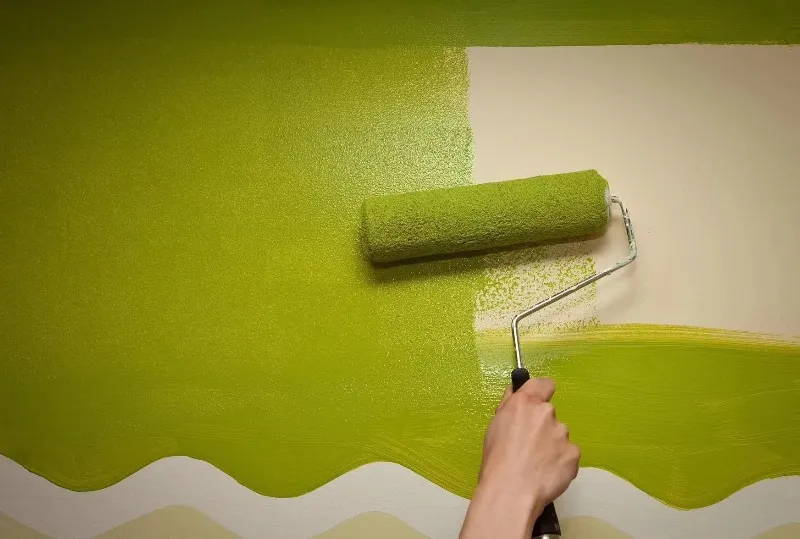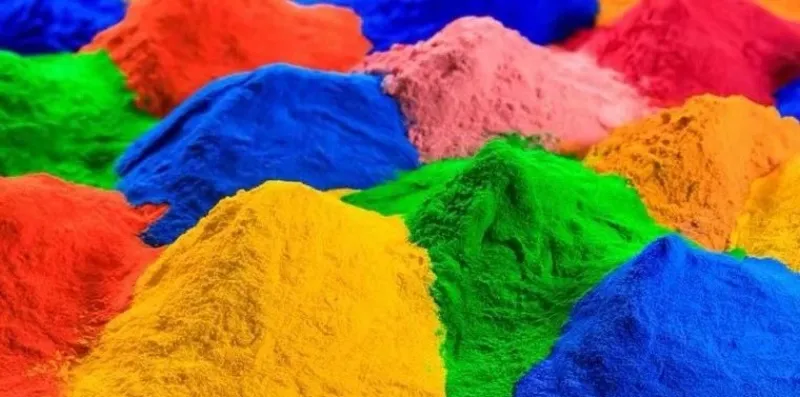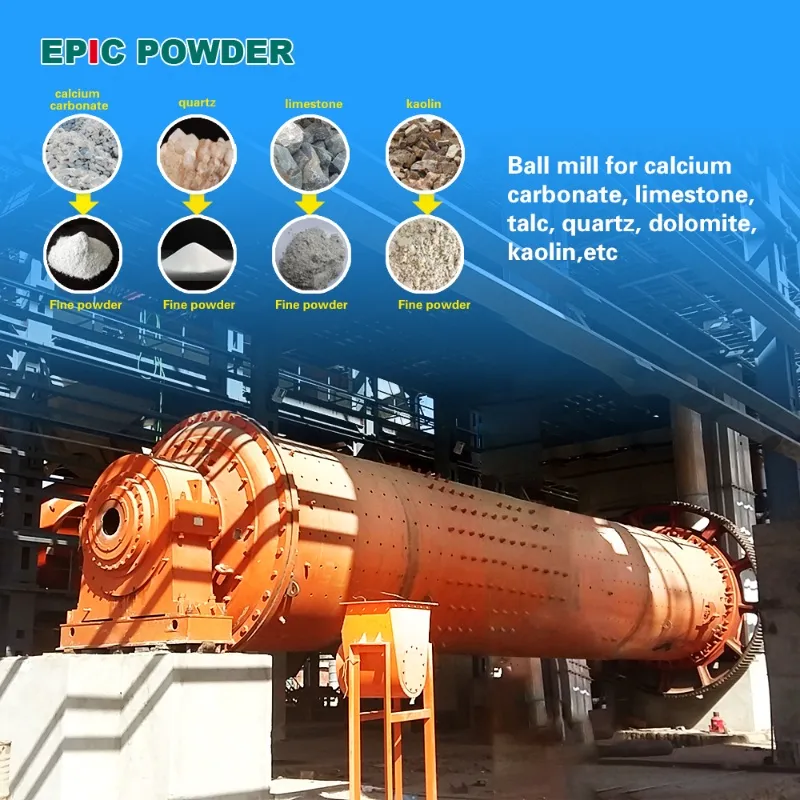Calcium carbonate is the most widely used extenders in coatings, known for improving coating properties. With the rapid development of the coatings industry, the demand for calcium carbonate powder is growing, and the quality requirements are becoming more strict and diversified. Dope calcium carbonate has emerged as a key ingredient in enhancing the performance of coatings.
Dope Calcium Carbonate in Latex Paint

Calcium carbonate has a certain degree of opacity. In latex paint, ultrafine products are typically used, with a usage rate of 10%-50%. When its particle size is similar to that of titanium dioxide, it enhances the covering power of titanium dioxide. This reduces the cost of latex paint. It makes the paint finer, more uniform, and whiter. It also improves the strength, water resistance, dryness, and scrub resistance of the film.
For example, ultrafine heavy calcium carbonate significantly shortens the dispersion and grinding time during latex paint production. It enhances opacity and improves viscosity. It also reduces the usage of titanium dioxide. Additionally, it improves the sanding performance of the putty.
When designing paint formulations, high-performance latex paints use ultrafine calcium carbonate. Low-grade latex paints select heavy calcium carbonate with coarser particle sizes and lower oil absorption values. Currently, heavy calcium carbonate powder with particle size control (d97 < 10 μm, d50 around 1.5 μm, whiteness > 95%, CaCO₃ ≥ 98%) has shown excellent performance in interior wall latex paints.
Dope Calcium Carbonate in Powder Coatings

Fillers in powder coatings generally contain heavy metals. These fillers do not comply with international standards. Products exported to Europe and the United States face strict heavy metal regulations. Calcium carbonate is an inexpensive white filler. It is free from heavy metals and can replace commonly used barium sulfate fillers in powder coatings. It is mainly used in coatings for toys, strollers, sports equipment, kitchenware, and home appliances.
Advantages of using calcium carbonate in powder coatings include:
- It can be used as a filler in high-gloss coating products.
- For semi-gloss products, calcium carbonate can be directly added. There is no need for a matting agent, saving costs.
- As an inorganic white pigment, it can be combined with titanium dioxide to lower costs.
- Compared to other fillers, calcium carbonate is most suitable for environmentally friendly products with low heavy metal content. This includes children’s toys and strollers.
- It improves the powder coating rate and spraying area, especially when used in blended powders.
For example, ultrafine active calcium carbonate has similar oil absorption and refractive index to barium sulfate. However, its density is much lower. With the same amount of filler, it reduces the density of powder coatings. This increases the spraying area. Additionally, good electrostatic properties of calcium carbonate help improve the powder coating rate. Furthermore, it enhances edge coverage, film hardness, and reduces caking in powder coatings.
Epic Powder
Epic Powder’s advanced grinding and processing equipment ensures the production of high-quality calcium carbonate with precise particle size control. With capabilities for ultrafine grinding, surface modification, and precise classification, Epic Powder supports the coatings industry. We provide materials that meet both cost-efficiency and performance standards.
